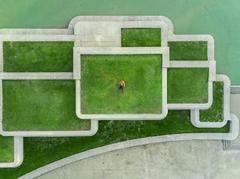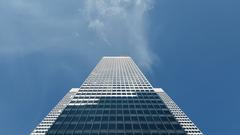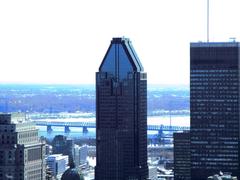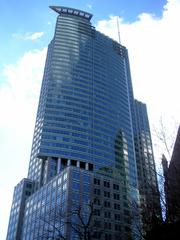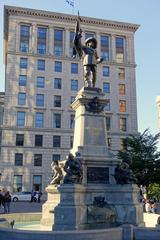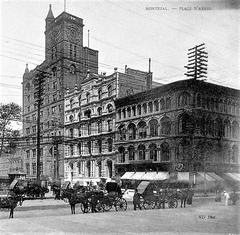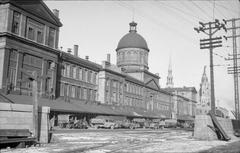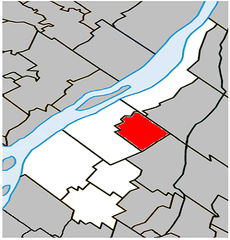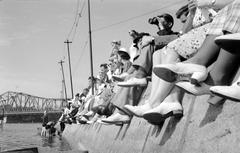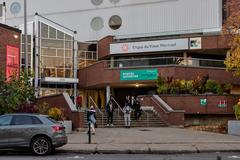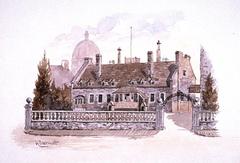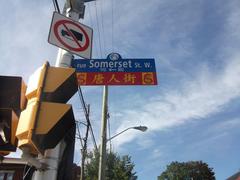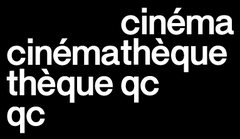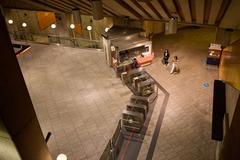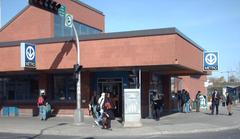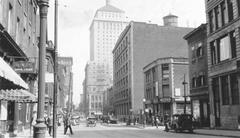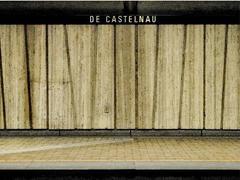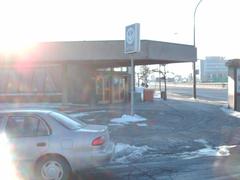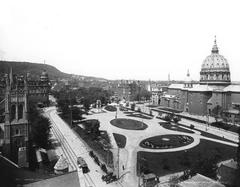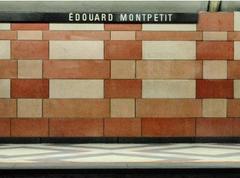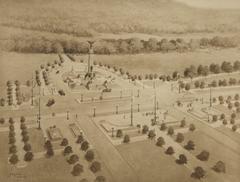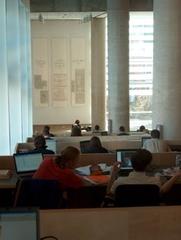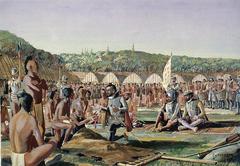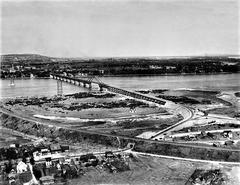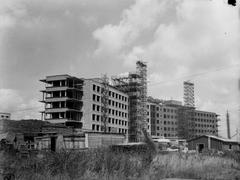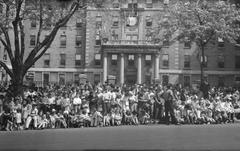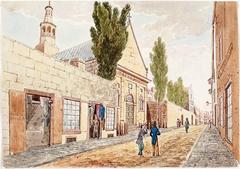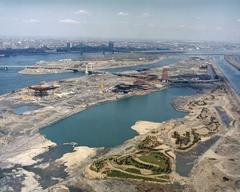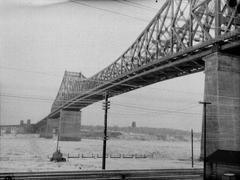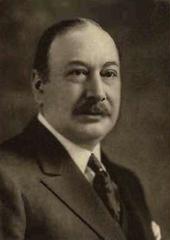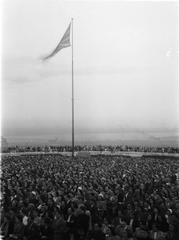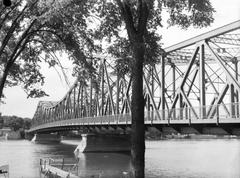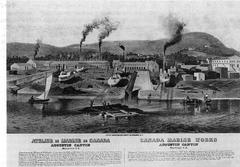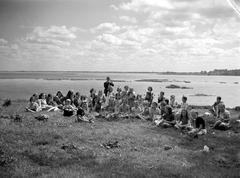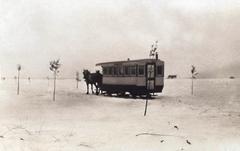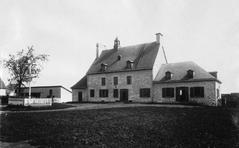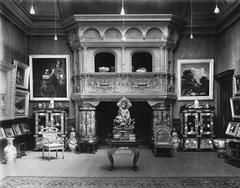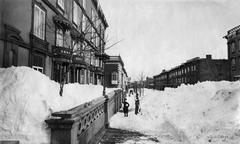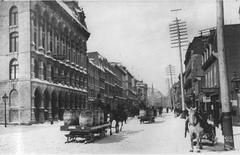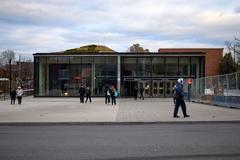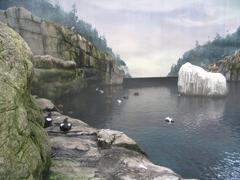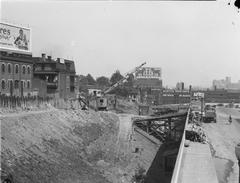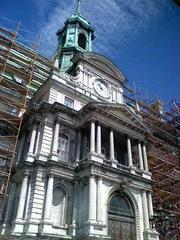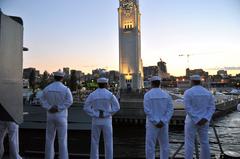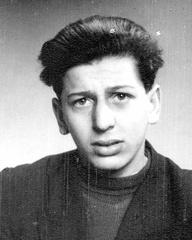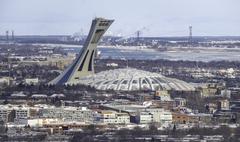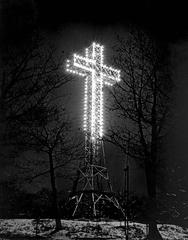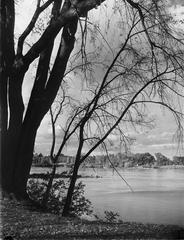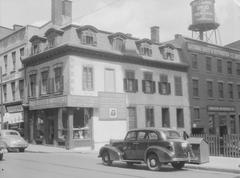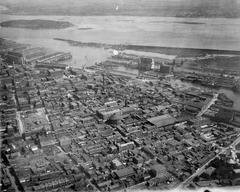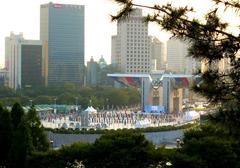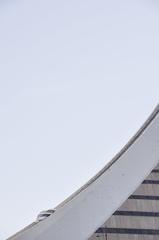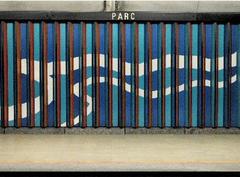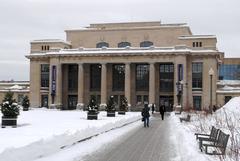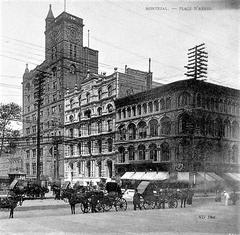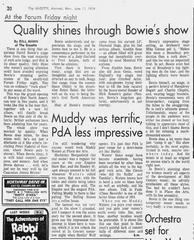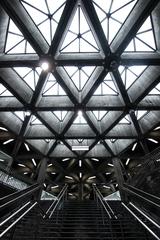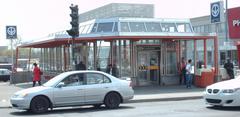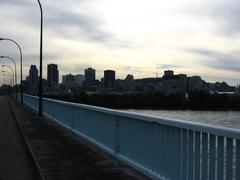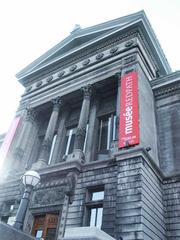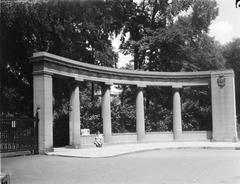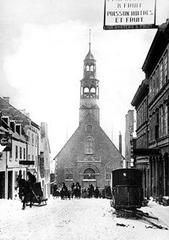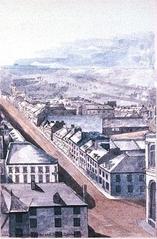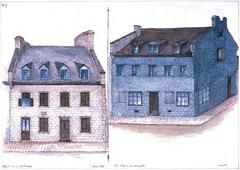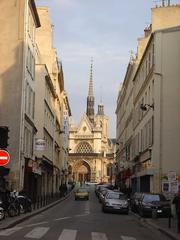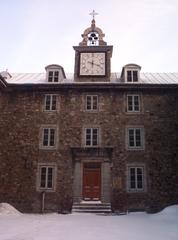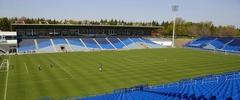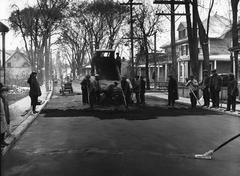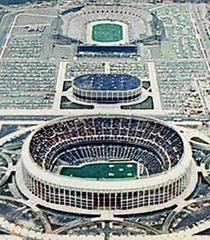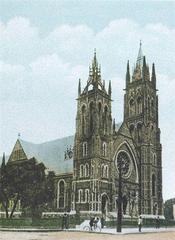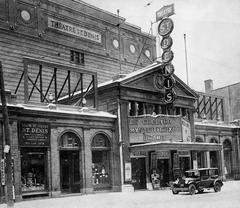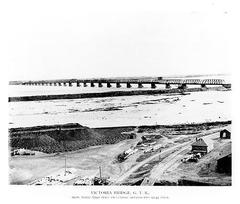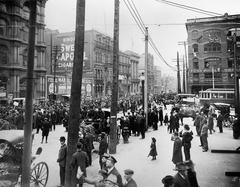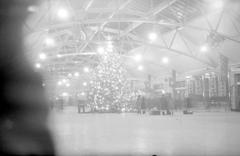
Visiting Guide to Olympic Stadium in Montreal
Date: 17/07/2024
Introduction
Montreal’s Olympic Stadium, an architectural marvel and historical landmark, is a must-visit destination for tourists and locals alike. Designed by French architect Roger Taillibert, this futuristic structure was built to host the 1976 Summer Olympics, marking Canada’s first time hosting the Summer Games. Despite numerous challenges, including labor strikes and technical difficulties, which ultimately escalated the cost to $1.4 billion (source), the stadium stands today as a symbol of Montreal’s ambition and architectural prowess. With its distinctive inclined tower, the tallest of its kind in the world, visitors can explore its rich history, enjoy guided tours, and take in panoramic views from the Montreal Tower.
Table of Contents
- The Grand History and Construction
- Visitor Information
- Travel Tips and Nearby Attractions
- The Legacy of a Complex Birth
- FAQ
Visiting Montreal’s Olympic Stadium
The Grand History and Construction
Montreal secured the bid for the 1976 Summer Olympics in 1970, sparking the ambitious project of constructing a stadium grand enough to host the global event. The chosen site in the city’s east end was a former limestone quarry, adding a layer of complexity to the already challenging endeavor.
The stadium’s design, a radical departure from traditional stadiums, was awarded to French architect Roger Taillibert. His vision was a bold, futuristic structure featuring a massive, elliptical shell topped by an inclined tower, the Montreal Tower. This unique design, while aesthetically striking, contributed significantly to the construction challenges and escalating costs.
Overcoming Construction Hurdles
Building such an unconventional structure on a former quarry presented numerous obstacles. The unstable ground necessitated extensive excavation and reinforcement. The complex geometry of the inclined tower and the immense concrete shell required innovative engineering solutions and meticulous execution.
Adding to the pressure, a massive labor strike in 1974 brought construction to a standstill. This setback, coupled with the intricate design and unforeseen technical difficulties, led to significant delays and budget overruns. The stadium, initially estimated to cost $120 million, ultimately reached a staggering $1.4 billion upon completion.
A Race Against Time
Despite the setbacks, construction resumed with renewed urgency as the 1976 Olympics approached. The pressure was immense to complete the stadium in time for the opening ceremony. Remarkably, the main structure was finished just in time, although the tower remained incomplete, lacking its retractable roof, and several planned facilities were postponed.
Visitor Information
Ticket Prices
Tickets for visiting Montreal’s Olympic Stadium are priced reasonably, making it accessible for both locals and tourists. Prices vary depending on the type of visit, whether for a guided tour or special event. It is advisable to check the official website for the most current pricing.
Opening Hours
The Olympic Stadium is open to visitors year-round. Generally, visiting hours are from 9 AM to 5 PM, but these can change seasonally or during special events. Always confirm the visiting hours before your trip to ensure a smooth experience.
Travel Tips and Nearby Attractions
When planning your visit to Montreal’s Olympic Stadium, consider these travel tips:
- Public Transport - The stadium is easily accessible via Montreal’s public transport system. The nearest metro station is Viau, just a short walk from the site.
- Early Arrival - Arrive early to avoid crowds and have ample time to explore.
- Nearby Attractions - Explore nearby attractions such as the Montreal Botanical Garden, Insectarium, and Biodome, all located within the Olympic Park.
- Photography - For the best photos, visit during golden hour when the sunlight creates stunning effects on the stadium’s architecture.
The Legacy of a Complex Birth
The Olympic Stadium, despite its troubled construction, stands as a powerful symbol of Montreal’s ambition and architectural audacity. Its distinctive silhouette, visible from across the city, serves as a constant reminder of the 1976 Olympics and the challenges overcome to realize this architectural marvel.
While the stadium’s construction left a hefty financial burden on the city, it also bequeathed a unique landmark that continues to host major events and attract visitors from around the world. The Olympic Stadium’s story is a testament to the human spirit’s ability to overcome adversity and achieve the seemingly impossible, leaving behind a legacy that transcends its financial cost.
FAQ
What are the visiting hours for the Olympic Stadium? The general visiting hours are from 9 AM to 5 PM, but it’s advisable to check the official website for seasonal changes or updates due to special events.
How much do tickets cost for the Olympic Stadium? Ticket prices vary depending on the type of visit. Check the official website for the most up-to-date pricing information.
Are guided tours available at the Olympic Stadium? Yes, guided tours are available and offer a deeper insight into the stadium’s history and construction.
Conclusion
The Olympic Stadium in Montreal continues to captivate visitors with its unique architectural design and historical significance. From hosting the 1976 Summer Olympics to serving as a venue for major sports events and concerts, the stadium has played a crucial role in Montreal’s cultural and social fabric. Today, it remains a popular destination for tourists, offering a range of activities and nearby attractions, such as the Montreal Botanical Garden and the Biodome. While its construction faced numerous setbacks and financial challenges, the stadium’s legacy is a testament to human resilience and ingenuity. Whether you’re interested in its architectural splendor, historical events, or nearby attractions, a visit to Montreal’s Olympic Stadium promises a memorable experience.
